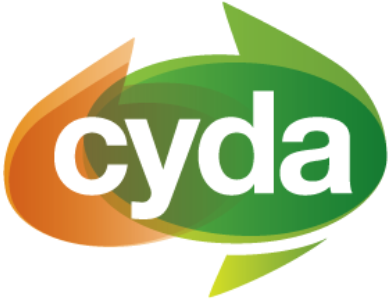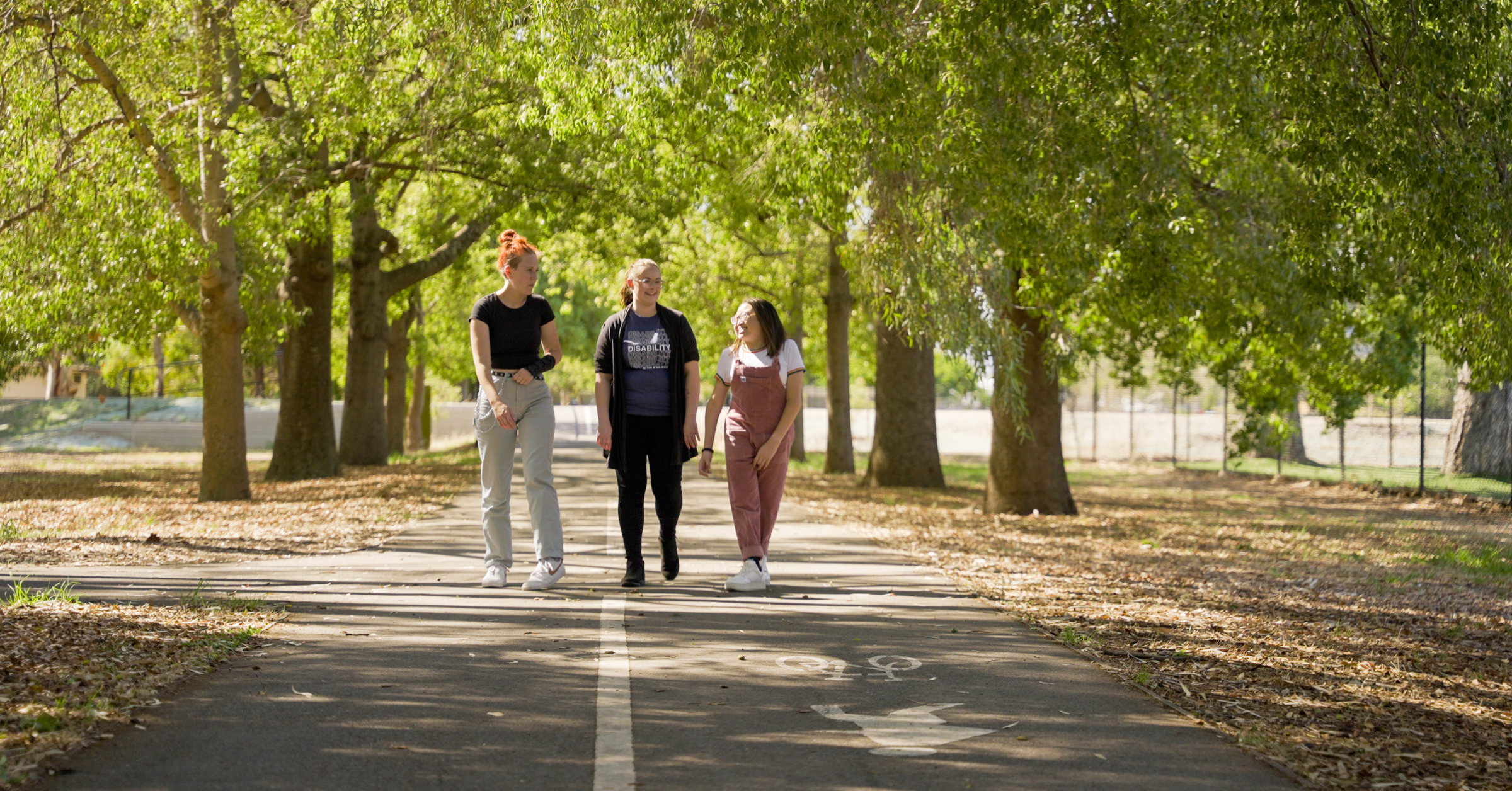Bethany Cody helped create In Control My Way, a set of resources for young people accessing the NDIS. Here she discusses her experience navigating the scheme.
I’ve attempted to access the NDIS several times. Each time, it has been a long, drawn-out process that has left me feeling exhausted, unseen and helpless. The language used in NDIS materials is heavily bureaucratic and almost acts as a deterrent to gain access to the scheme.
The NDIS website is a confusing web of resources that are hard to find and are often difficult to understand. It makes you feel silly, like you’re the problem. There aren’t many opportunities to demonstrate who we are, what our goals are, and what is important to us as young people with disability.
In the beginning phase of accessing the NDIS, there is a lot of importance placed on having a driver’s license to prove your identity. I’m blind, so I cannot legally drive and have to prove who I am in other ways, which has meant that I’ve had to run around to different places like my bank, a local Justice of the Peace – interactions which leave me feeling judged and looked down on – among others, to gather a paper trail to prove who I am. After these interactions, I’m often left feeling like, what’s the point?
Several of my interactions with employees of the NDIA have left me feeling a similar way. Their correspondence has been cold and impersonal, and repeat things already discussed in emails, with less than clear instructions, leaving me to wonder if they remember who I am, or if I’m just another number in the queue.
Frustrated by the difficulties I’ve had gaining access to the scheme, I jumped at the opportunity to help create CYDA’s In Control My Way resources so that no one has to go through the same slog I have. These resources were co-designed by young people with disability for young people with disability, based on our experiences with the NDIS.
We worked together to create six resources to help guide young people with disability from the beginning of their NDIS journey, when they apply to access the scheme, to their first plan meeting and after they have their first plan and plan review.
These resources help explain what all the different terms mean, the importance of advocacy, the different types of advocacy, where to go to get help, how to engage service providers and help them understand who you are, and who can help you use your funding.
People with disability already face so much in our daily lives. Applying for the NDIS shouldn’t be another mountain we have to climb to get the supports we need.
There is a severe lack of resources for young people aged 15-25, and a serious lack of understanding within the NDIS that people with disability are unique individuals. No two people with the same condition will have the exact same life experiences, needs or wants. We shouldn’t feel like we are being pigeonholed or stereotyped based on our diagnosis.
Throughout the project, I’ve gained so much knowledge and support from our co-design team. Hearing about their success gives me hope that I will gain access to the scheme, I can get the support I deserve, and my life will change for the better.
It’s been a bit cathartic, especially when I discovered that the issues I’ve had with the scheme were also experienced by many other young people with disability. I knew I wasn’t alone, and things desperately needed to change.
Young people with disability deserve to be heard and understood. We deserve to be given equal opportunities to thrive by having access to information in a format we understand, being supported to make our own decisions, and to be independent and included in society.
This blog was written as part of CYDA’s In Control My Way initiative. You can access the resources Beth helped co-design here.

About the author:
Bethany (she/her) is a blind writer and disability advocate living on Kaurna Land in Adelaide, South Australia.







